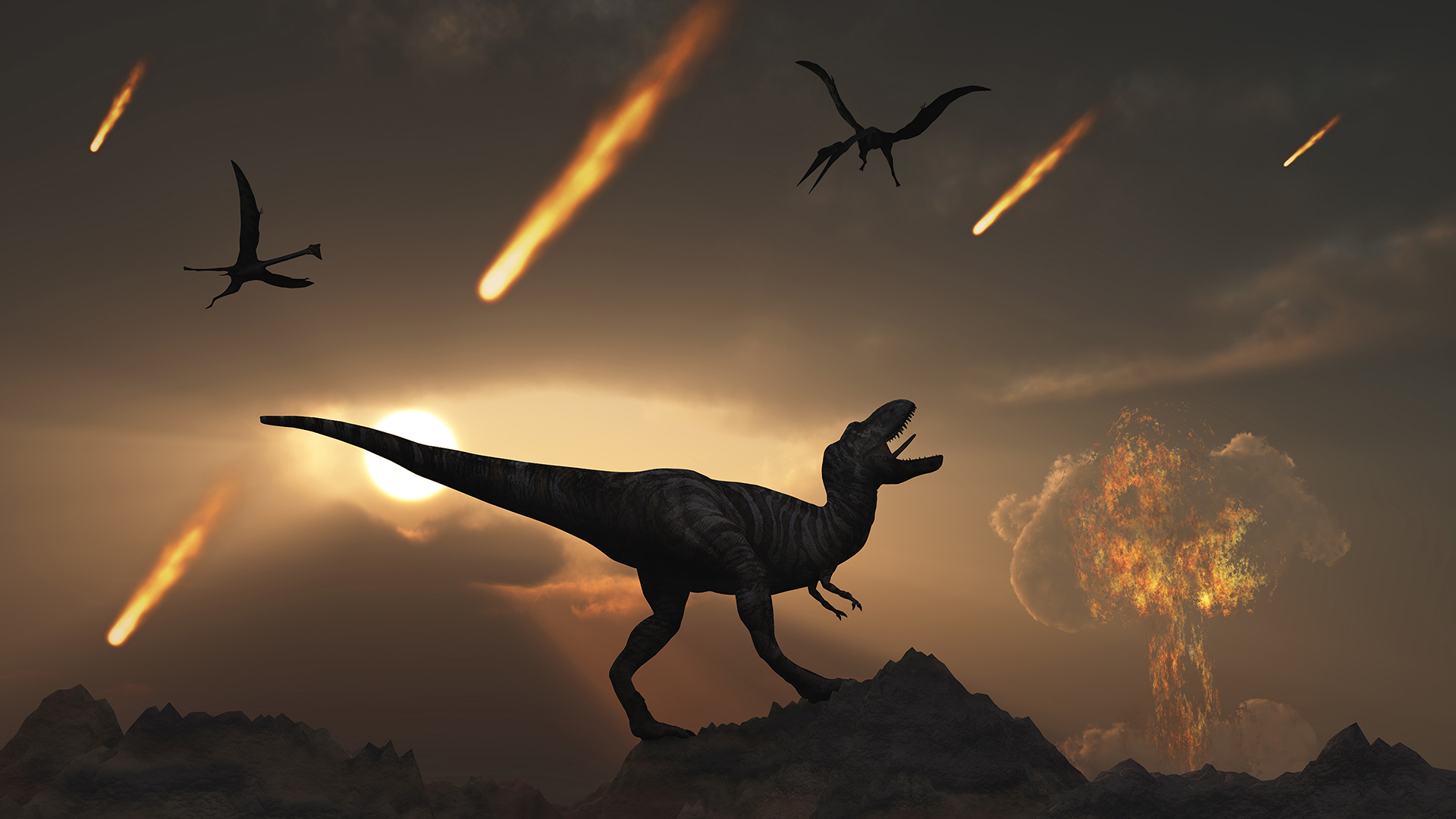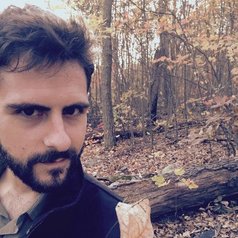How did cockroaches survive the dino-killing asteroid strike?
Why they may outlast humans on Earth.

When the rock now known as the Chicxulub impactor plummeted from outer space and slammed into the Earth 66 million years ago, cockroaches were there. The impact caused a massive earthquake, and scientists think it also triggered volcanic eruptions thousands of miles from the impact site. Three-quarters of plants and animals on Earth died, including all dinosaurs, except for some species that were ancestors of today’s birds.
How could roaches a couple of inches long survive when so many powerful animals went extinct? It turns out that they were nicely equipped to live through a meteoric catastrophe.
If you’ve ever seen a cockroach, you’ve probably noticed that their bodies are very flat. This is not an accident. Flatter insects can squeeze themselves into tighter places. This enables them to hide practically anywhere – and it may have helped them survive the Chicxulub impact.
Related: Here's why cockroaches can survive just about anything
When the meteor struck, temperatures on Earth's surface skyrocketed. Many animals had nowhere to flee, but roaches could take shelter in tiny soil crevices, which provide excellent protection from heat.
The meteor’s impact triggered a cascade of effects. It kicked up so much dust that the sky darkened. As the sun dimmed, temperatures plunged and conditions became wintry around the globe. With little sunlight, surviving plants struggled to grow, and many other organisms that relied on those plants went hungry.
Not cockroaches, though. Unlike some insects that prefer to eat one specific plant, cockroaches are omnivorous scavengers. This means they will eat most foods that come from animals or plants as well as cardboard, some kinds of clothing and even poop. Having appetites that aren’t picky has allowed cockroaches to survive lean times since the Chicxulub extinction and other natural disasters.
Get the world’s most fascinating discoveries delivered straight to your inbox.
Another helpful trait is that cockroaches lay their eggs in little protective cases. These egg cartons look like dried beans and are called oothecae, which means “egg cases.” Like phone cases, oothecae are hard and protect their contents from physical damage and other threats, such as flooding and drought. Some cockroaches may have waited out part of the Chicxulub catastrophe from the comfort of their oothecae.
Modern cockroaches are little survivors that can live just about anywhere on land, from the heat of the tropics to some of the coldest parts of the globe. Scientists estimate that there over 4,000 cockroach species.
A handful of these species like to live with humans and quickly become pests. Once cockroaches become established in a building, it’s hard to rid every little crack of these insects and their oothecae. When large numbers of roaches are present in unsanitary places, they can spread diseases. The biggest threat they pose to human health is from allergens they produce that can trigger asthma attacks and allergic reactions in some people.
Cockroach pests are hard to manage because they can resist many chemical insecticides and because they have the same abilities that helped their ancestors outlive many dinosaurs. Still, cockroaches are much more than a pest to control. Researchers study cockroaches to understand how they move and how their bodies are designed to get ideas for building better robots.
As a scientist, I see all insects as beautiful, six-legged inspirations. Cockroaches have already overcome odds that were too great for dinosaurs. If another meteorite hit the Earth, I’d be more worried for humans than for cockroaches.
This article is republished from The Conversation under a Creative Commons license. Read the original article. The views expressed are those of the author and do not necessarily reflect the views of the publisher.

Brian Lovett is a postdoctoral researcher at the Division of Plant and Soil Sciences at West Virginia University working on fungal biology and biotechnology. He has contributed to the advancement of transgenic mosquito-killing fungi for malaria prevention. He completed his PhD in the Department of Entomology at the University of Maryland in the St. Leger Laboratory; he received a BSc in Microbiology from Michigan State University.
